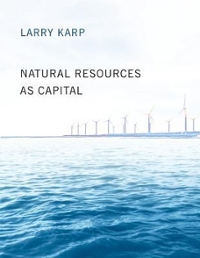Answered step by step
Verified Expert Solution
Question
1 Approved Answer
Megan currently earns a nominal wage of $ 1 2 . 0 0 per hour; in other words, the amount of her paycheque each week
Megan currently earns a nominal wage of $ per hour; in other words, the amount of her paycheque each week is $ per hour times the number of hours she works. Suppose the price of sparkling water is $ per litre; in this case, Megan's wage, in terms of the amount of sparkling water she can buy with her paycheque, is litres of sparkling water per hour.
When workers and firms negotiate compensation packages, they have expectations about the price level and changes in the price level and agree on a wage with those expectations in mind. If the price level turns out to be higher than expected, a worker's wage is
than both the worker and employer expected when they agreed to the wage.
Megan and her employer both expected inflation to be between and so they agreed, in a twoyear contract, that she would earn $ per hour in and $ per hour in However, suppose inflation between and actually turned out to be not For example, suppose the price of sparkling water rose from $ per litre to $ per litre. This means that between and Megan's nominal wage by and her real wage by approximately

Step by Step Solution
There are 3 Steps involved in it
Step: 1

Get Instant Access to Expert-Tailored Solutions
See step-by-step solutions with expert insights and AI powered tools for academic success
Step: 2

Step: 3

Ace Your Homework with AI
Get the answers you need in no time with our AI-driven, step-by-step assistance
Get Started


